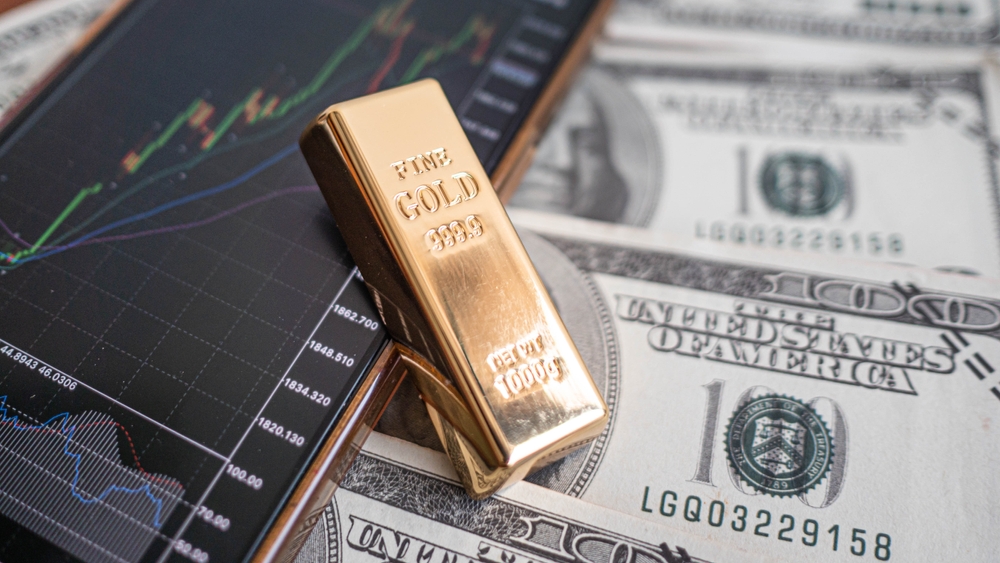The value of gold has been soaring in recent days, triggered by fears of increasing tensions in the Middle East after Iran’s unexpected attack on Israel over the weekend. On 15 April, the price of gold increased by up to 1.7% as the Middle East conflict escalated, coming closer to the new record high set last week. Iran launched over 300 drones and missiles at Israel, but most were intercepted, and no deaths were reported.
Gold surpassed US$2,400/oz on Friday heading for its fourth week of gains, easing 0.8% to US$2,353.35/oz, and pausing after hitting a record high of US$2,419.79. Recent events in the Middle East have reignited the rush to safety, with concerns about a possible Israeli counterattack likely to bolster gold in the short term.
Chris Weston, head of research at Pepperstone Group Ltd., stated that the escalating tensions in the Middle East are “a justification for purchasing gold.” He added that “a significant geopolitical premium is being factored into the movements,” and predicted that the medium-term trend will likely be upward.
Since the middle of February 2024, gold prices have surged by 20%, despite market expectations of a gradual reduction in the Fed’s interest rate cuts, strong economic growth trends, and swift stock market performance.
The escalating geopolitical risks in the Middle East and Ukraine have therefore enhanced the appeal of gold as a haven asset. Several Wall Street banks have recently increased their price predictions for gold, with Goldman Sachs Group Inc. raising its end-of-year forecast to US$2,700/oz on Monday. The bank said that the interest rate cuts expected from the Fed this year will contribute to the bullish momentum of gold. As of 3:18pm in New York, spot gold had risen 1.6% to US$2,380.72/oz, after a 0.6% increase last week. Silver rose 3.5%, while platinum and palladium declined.












